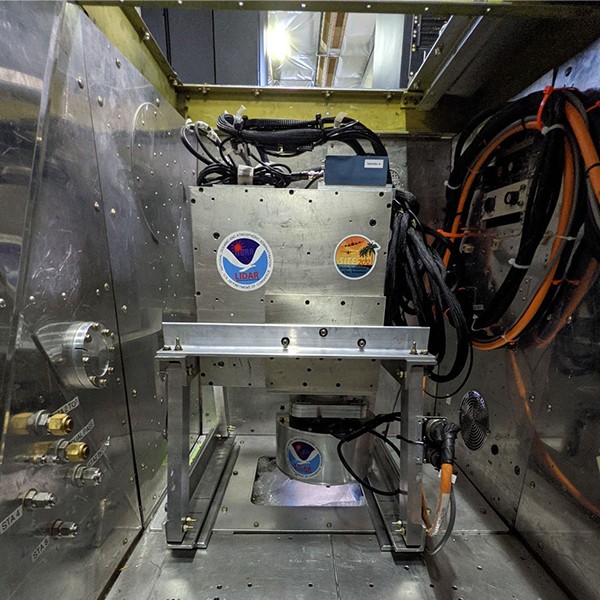
Hurricane Hunters equipped with the new lidar flew over the Florida peninsula, the southeast U.S. coast during Tropical Storm Elsa and the western Gulf of America. Scientists are interested in including Microdop as part of future P-3 hurricane season instrument packages to measure different regions of hurricanes, such as relatively rain-free zones outside a storm’s inner core and the very lowest parts of the atmosphere near the ocean surface called the hurricane boundary layer, where other instruments do not routinely gather wind data.
Microdop consiste en un láser de 2 micras que detecta a distancia la velocidad del viento y otras mediciones del aire sobre el océano y la tierra. Este sistema es también más pequeño que otros sistemas lidar Doppler de uso común, lo que permite añadirlo fácilmente a las cargas útiles de los aviones. El microdop tiene el potencial de mejorar el muestreo de los vientos en el interior de la tormenta y de proporcionar datos valiosos que podrían asimilarse a los modelos de previsión.
Adapted from AOML Communications.
